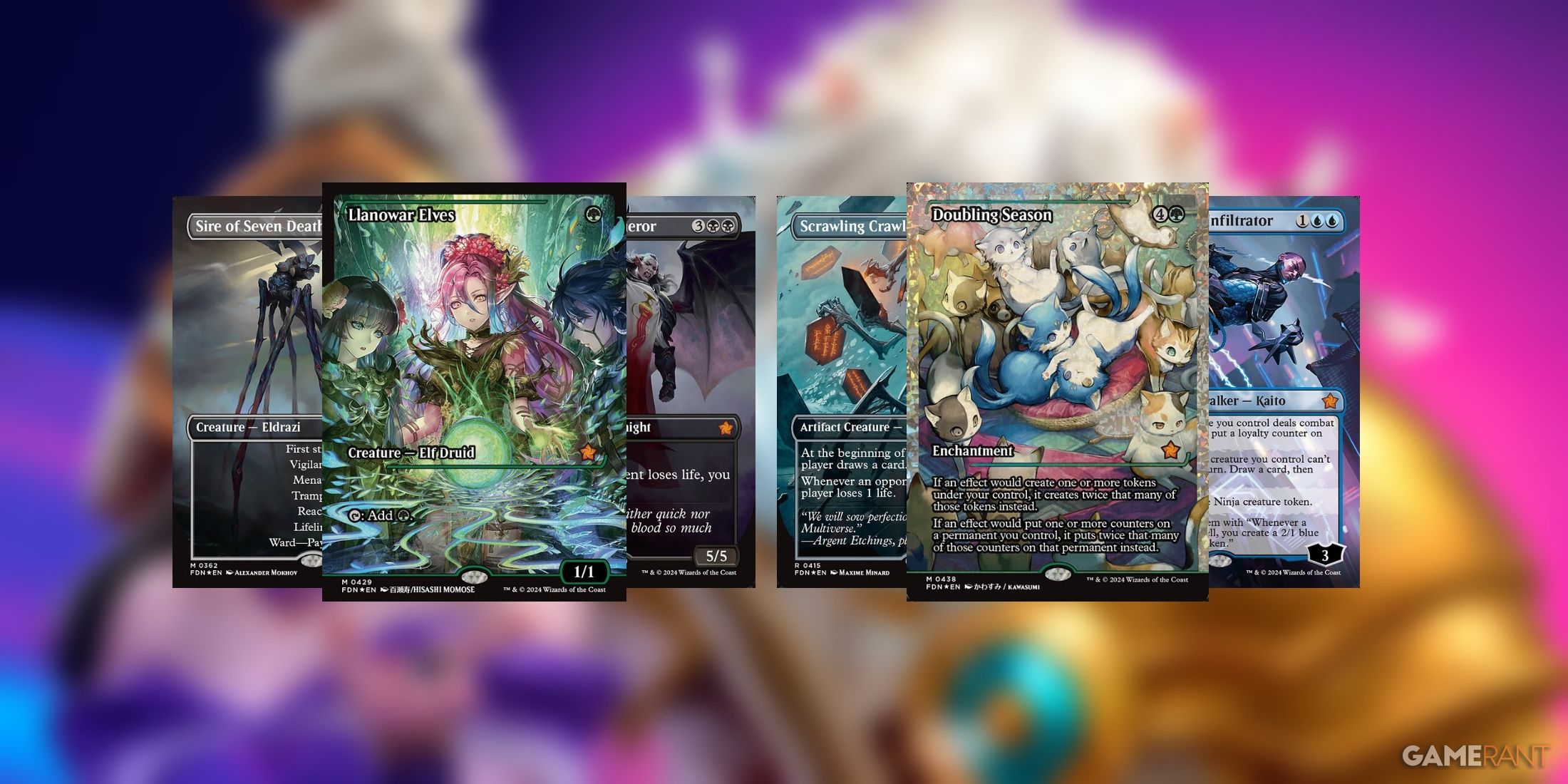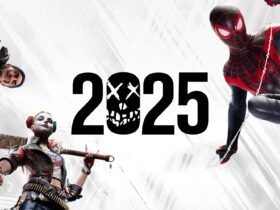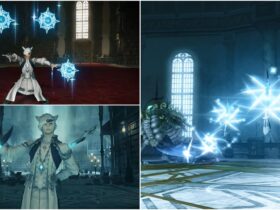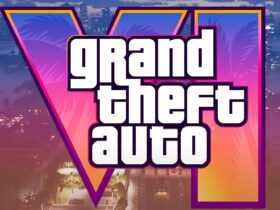Key Takeaways
- Recent Commander bans in MTG are redefining the rules and structure of the format, especially Rule 0 talks and card power levels.
- Discussing power levels with fellow players is crucial to avoid frustration in Commander games.
- To make sure games are enjoyable for all, one should avoid monopolizing time, mass land destruction, and disruptive wheel effects in MTG Commander.
Magic: The Gathering has a plethora of different formats, some more popular and well-known than others, and some more often tied to tournaments and competitive play in general. Commander falls a bit in between these types, as it can be played both casually and competitively, with the former often being called EDH (Elder Dragon Highlander) and the latter cEDH. Though it is frequently addressed as “the face of Magic: The Gathering,” Commander can be a controversial format due to its structure. The recent Commander bans in MTG shook up Wizards of the Coast and fans alike, for example, redefining some of the rules the format is meant to follow.
Commander can be extremely accessible thanks to the many precon decks that regularly come out with new releases, though there are exceptions to this rule, such as with the Marvel Secret Lair MTG drops that were only available in a limited quantity. The main rule of Commander is that players have to select a Legendary creature to be the face of their deck, which determines its color identity, and then 99 cards to accompany this commander in order to create a given gameplay loop. However, several unwritten rules are part of Commander games in Magic: The Gathering, and they can be equally important for the experience to be great for all players.

Related
One New Magic: The Gathering Foundations Card is About to Break The Game in The Best of Ways
Foundations is going to be a huge set for Magic: The Gathering, and one card it introduces could very well break the game in a fun way.
Make Sure Every MTG Player At The Table Knows Your Deck and Its ‘Power Level’
The Commander bans in MTG are bringing big changes to the talks of power level, as WotC is considering adding four brackets to divide cards by how strong they are, making each deck fit on the scale from 1 to 4. The current system is more arbitrary, and a lot of Rule 0 talks end up in the controversial “My deck is a 7” statement, which doesn’t help determine what decks can do, what their win cons are, and how power-crept a given deck truly is. As such, it’s extremely important to discuss these points with fellow players ahead of a Commander game to avoid frustration as the game progresses.
Why You Shouldn’t Play Mass Land Destruction MTG Cards in Commander Games
Destroying lands can be part of a given game plan for some decks or simply an added tool to control the battlefield or prevent win cons from other players, such as destroying a Field of the Dead with a Strip Mine. However, Commander games can be pretty long and require a lot of planning to arrange and then a lot of effort to play, so cards destroy all lands in play like Armageddon, Devastation, and Ravages of War can be extremely frustrating to play against if no one can counter them. Destroying permanents in Magic: The Gathering is inevitable, but playing these cards in Commander is usually frowned upon and can completely disrupt the game state for everyone else. As such, mass land destruction in MTG Commander games can typically make opponents salty or straight-up angry.
Monopolizing Time in MTG Commander Games is a Deathly Sin
Much like mass land destruction is considered unhealthy in Commander for disrespecting the time of other players at the table, bringing decks that have lengthy turns and combos to a game can produce the same results. After all, this is one of the reasons why Nadu, Winged Wisdom was banned in MTG. What follows is that combos are still good to use, but it’s often less problematic to present infinite combos to win the game rather than infinite combos that take a long time and simply alter the battlefield.
Why ‘Wheeling’ and Mass Discard Are a Double-Edged Sword in Magic: The Gathering
Magic: The Gathering has many playstyles for players to build a deck around. The “wheel” archetype owes its name to Wheel of Fortune from Magic: The Gathering‘s Alpha set, a 3 CMC (2 colorless, 1 Red) card that makes all players discard their hands and draw seven cards. This archetype can be powerful in several formats, but in Commander its efficiency can vary dramatically, and it can also make players who engage in this playstyle the archenemy at the table. Commander games can take a lot of time to sit through, and seeing one’s strategy being disrupted by wheel effects can easily make the user the main target for everyone at the table. If this happens, unless wheel players can safely close a game soon, they will be out of the race before they can do much else.

Magic The Gathering
Magic the Gathering is a tabletop and digital collectable card game created by Richard Garfield and released in 1993 by Wizards of the Coast. Players take on the role of a Planeswalker and use various cards to battle other players by casting spells, summoning creatures, or utilizing artifacts. It features two main rule categories, constructed or limited, and can be played by two or more players at a time.
- Franchise
- Magic: The Gathering
- Original Release Date
- 1993-00-00
- Age Recommendation
- 13+
Source link












Leave a Reply